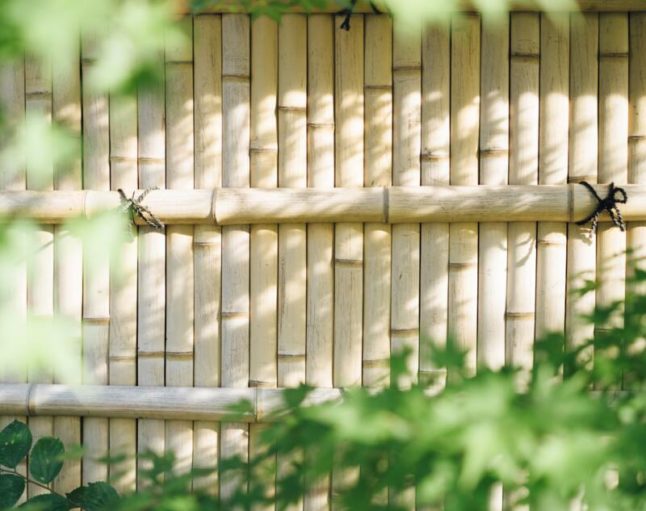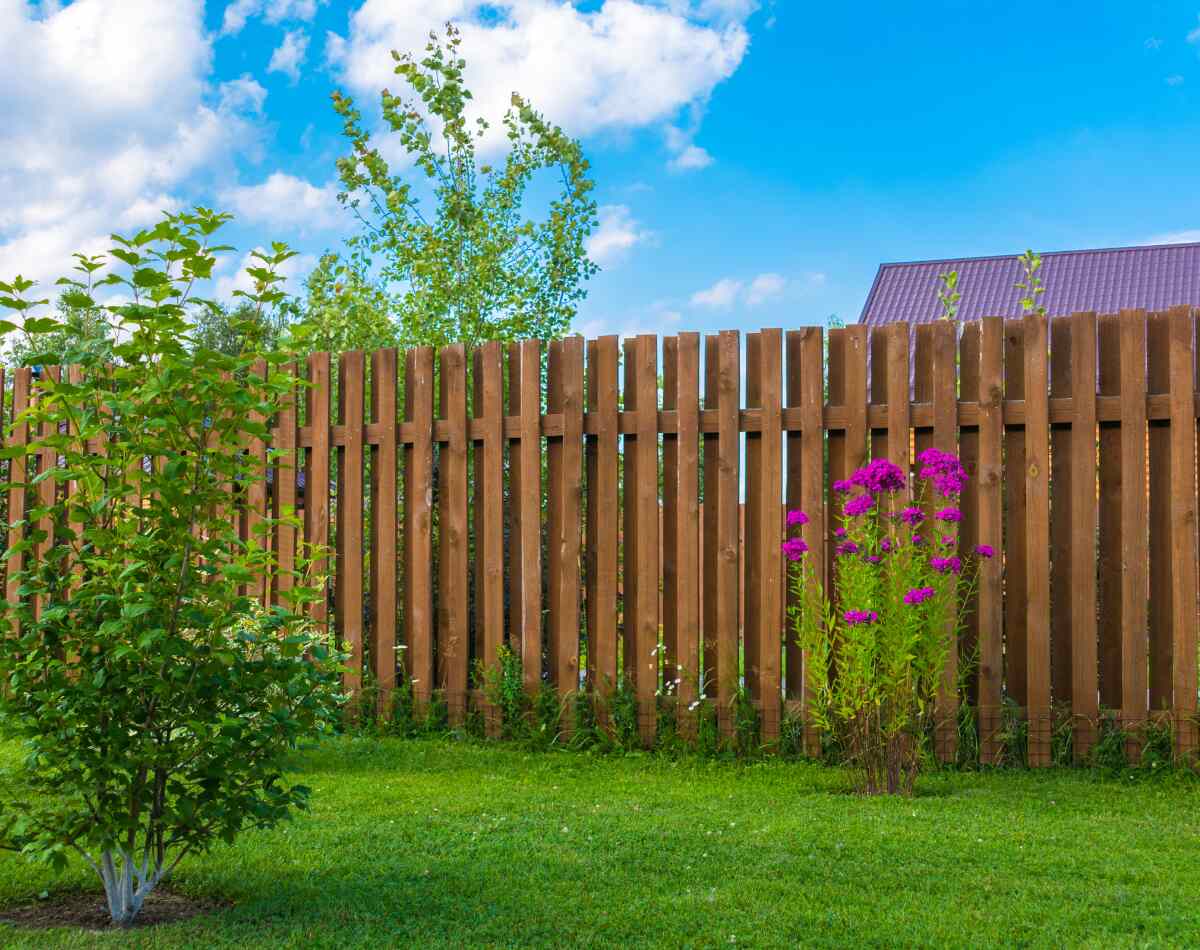All Categories
Featured

Wooden fences are a preferred choice for property owners as a result of their natural appeal and flexibility. To keep your fence looking great and operating well, routine upkeep is necessary. Among the most essential jobs in fence maintenance is choosing how usually to tarnish the timber or paint. The right upkeep schedule can assist safeguard your fence from the aspects, protect against damages, and lengthen its lifespan. When it's time to repaint or discolor your wood fence., here's an overview to help you identify.
Variables Affecting Paint or Tarnishing Frequency. Several vital factors identify just how usually you ought to repaint or tarnish your wood fencing. These include the sort of timber, the climate in your region, and the level of exposure your fencing has to the aspects.
- Climate and Weather Conditions. The environment where you live plays a considerable function in just how promptly your fencing will wear down. Extreme weather conditions such as extreme sunlight, hefty rain, or freezing temperatures can quicken the deterioration process.
Sunny Climates: In areas with great deals of sunshine, UV rays can cause the wood to dry out, fade, and split. Because of this, you might require to repaint or restain your fence every 2 to 3 years to stop damages. Rainy or Humid Locations: In position where rain and humidity are regular, wood fencings soak up dampness, which can result in warping, decaying, or mold and mildew development. Routine staining is necessary in these regions, normally every 1 to 2 years. Cold Climates: Freezing temperatures and snow can tarnish or create the paint to peel off. You may require to rejuvenate the surface every 3 to 5 years to keep your fencing in excellent condition if your area experiences cool winter seasons. 2. Sort of Wood. The timber varieties utilized for your fencing will also establish the frequency of paint or staining. Hardwoods often tend to be a lot more sturdy than softwoods, and each sort of wood reacts differently to repaint or tarnish.
Cedar and Redwood: These woods are normally immune to rot and pests, however they can lose their color over time due to UV direct exposure. Discoloration or securing these sorts of timber every 2 to 3 years assists maintain their look. Pine and Fir: These softwoods are a lot more prone to wetness damages and require even more regular maintenance. You might require to restain or paint these fencings every 1 to 2 years to keep them shielded from the elements. Pressure-Treated Wood: While pressure-treated timber is created to stand up to rot, it still needs to be discolored or sealed to avoid dampness absorption. A fresh coat of tarnish or sealer may be essential every 2 to 3 years. 3. Tarnish vs. repaint. Whether you paint or stain your fencing can significantly affect the upkeep timetable.

Paint: Paint gives a strong layer of protection that blocks dampness and UV rays. It can peel off, fracture, or discolor over time, specifically with extended exposure to the elements. Commonly, a repainted fence needs to be repainted every 3 to 5 years. Discolor: Stain soaks right into the wood and provides a much more natural appearance while still supplying security. Discolored fences tend to show wear faster than painted ones, as the tarnish can discolor or get rid of. You will likely require to restain your fencing every 2 to 3 years, depending on the exposure to sun and rainfall. 4. Noticeable Signs of Wear. While a basic upkeep timetable is helpful, you need to also watch on the problem of your fence to figure out when it's time for a fresh layer of paint or discolor. Try to find these indications:
Discoloring or Staining: If your fencing has actually shed its original color or has actually ended up being grey and weather-beaten, it's time to reapply a tarnish or paint to recover its appearance. Peeling or Breaking: If the paint or tarnish starts to split or peel, it's a clear indication that the protective layer is no much longer doing its task. This can lead to water damage, so it is essential to address it immediately. Water Absorption: Conduct a basic water test by spraying some water onto the surface of the fencing. If the water beads up, the fence is still secured. It's time to paint or restain if the water soaks in. 5. Appropriate Maintenance Techniques. For the finest outcomes, it's important to prepare the timber properly prior to painting or staining. Beginning by cleaning up the fence to remove dirt, mildew, or mold. Fix any kind of damage, such as splits or loosened boards, to make certain the fencing remains in excellent problem prior to applying a fresh coat.

Select a dry, light day for paint or discoloring to avoid the finish drying out also promptly or unevenly. Constantly apply paint or stain according to the maker's guidelines, and permit sufficient drying out time in between coats.
Final thought. In basic, wood fencings should be repainted or stained every 2 to 3 years, depending on the environment, type of timber, and direct exposure to the aspects. Whether you pick to repaint or stain, routine maintenance will certainly safeguard your fencing from the weather and maintain it looking lovely for years to come.
Latest Posts
Add Comfort and Personality to Your Home with Area Rugs
Published Apr 20, 25
1 min read
A Bayfront Culinary Journey
Published Apr 20, 25
1 min read
Comprehensive Protection for Your Assurance
Published Apr 20, 25
1 min read